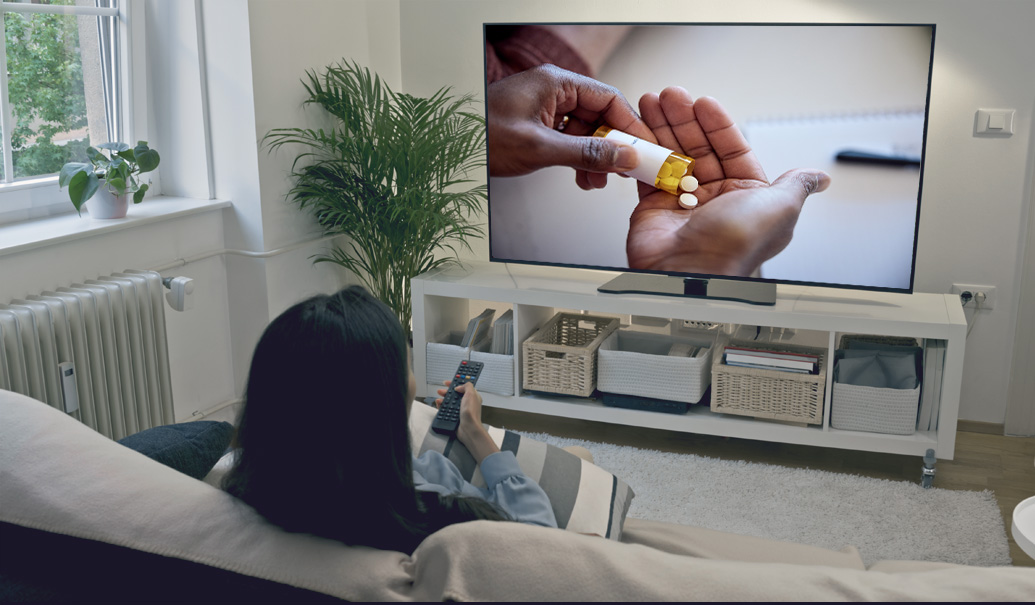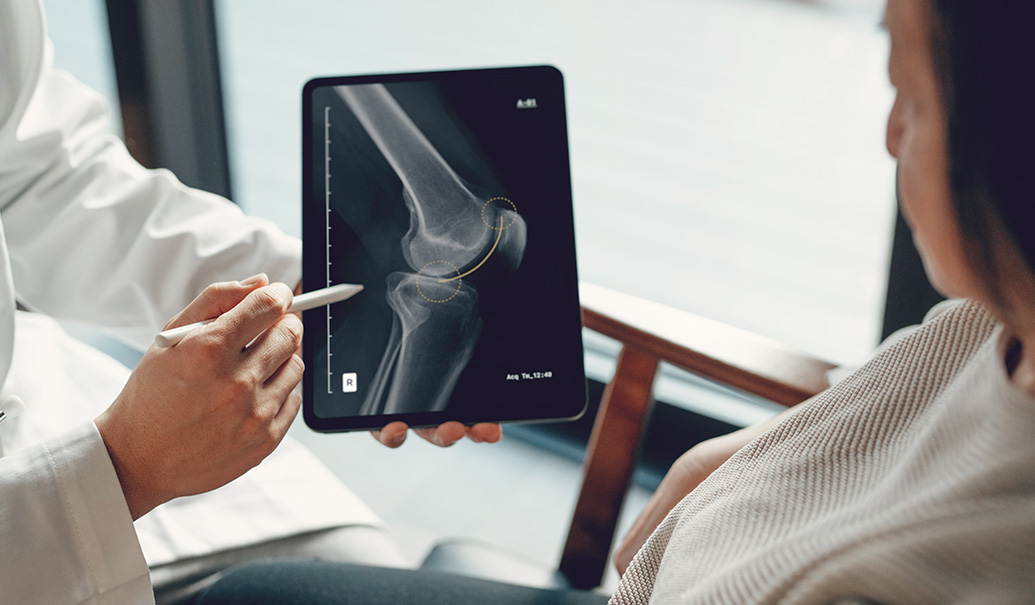2025 has been a year defined by tremendous change and disruption. Yet looking beyond the bombastic headlines of the day, I find that some of the “old” trends continue to have the most profound impact on our industry. Let’s explore what’s truly shaping the medtech business today.
Site-of-care shifts accelerate and globalize
Site-of-care shifts remain a critical trend to watch because of the far-reaching changes they bring. What’s new? Even more of the same, even faster, with clear playbooks for investment and patient selection. And a new development: Cardiology is joining the movement. Orthopedics remains the standout and an important playbook for other areas. Over 30% of large joints are done in ambulatory surgery centers (ASC), and credible estimates suggest this could double to near 60% by 2027. We learned that it’s “easy” to find money for construction of new facilities, and medtech supports surgeons by outfitting new sites—including state-of-the-art robots. We learned things move fast when doctors choose where to operate. We learned that the least complicated, least sick patients can be safely and quickly cared for in ASCs. Most patients even prefer it. We learned that one surgical team with a few operating rooms can safely work through previously unthinkable caseloads. Most importantly, payers save a lot of money—maybe as much as 40%.
The response from hospitals as they see profitable procedures leaving their four walls? Some progressive hospitals are building their own ASCs—Virtua being a notable example here—and we’re seeing more creativity regarding joint ventures and surgeon employment arrangements. Maybe hospitals are learning, but I worry not fast enough. When we talk about the accelerating migration in cardiology, there will be even more pressure. I mention cardiology because this is one of the other changes that is making this old trend new. There is increased interest in site-of-care migration, especially for electrophysiologists who are already active in the hospital outpatient space.
What does this mean for medtech? Winning in the ASC can actually be a strategy. While many medtech companies might choose to ignore and hope, a few have made the alternative site a way to win. They have built a go-to-market approach suited to the site of care and adapted their offering to fit each site’s unique needs and streamlined operations. Creating this formula takes discipline and courage—but a few medtech companies are winning by taking this approach with alt sites.
One last point to make here relates to the lessons that can scale internationally. A key merit of the alternative site is hefty payer savings, especially in less buoyant international markets. The most obvious area where this is playing out is the system reform in Germany, although I fully anticipate alternative sites of care will also be a key part of the U.K.’s National Health Service reform in the near future.
Robotic surgery and sticky implants
Seeing Intuitive Surgical top the list of best-performing medtech stocks made me reconsider the impact of surgical robots—another established trend gathering momentum and driving new implications.
Large joints blew past the halfway mark in robotic penetration but also passed another very consequential milestone—routine use in the ASC. High adoption of robotics in surgery carries an important implication—sticky share and barriers to new entrants. Switching between suppliers used to mean getting accustomed to differences in sizing or nuances in placement. Surgeons would have preferences but could work with multiple brands (or different brands in different settings). Now switching resembles pilots moving from Boeing jets to Airbus jets—it’s possible but increasingly difficult. This also raises barriers to entry because a new entrant needs not just a great implant but also a robotic system to implant it.
The competitive benefit of robotics is now abundantly clear as these systems, and consequently all the implantables and instruments involved, become more sticky. While obvious now in orthopedics, it will also be true in soft-tissue robotics. Ignore this trend at your peril.
AI sorting continues and—hint—it’s not just about the product
“AI in product”—using AI to enhance a medical device—is simultaneously exciting and elusive. Most of the energy goes here but it should be approached with caution. AI applications are overwhelmingly diagnostic in nature and heavily skewed toward radiology (75% of all approved applications) and cardiology. While it’s exciting to improve outcomes, these enhancements are very hard to monetize. If there is no extra reimbursement, these solutions will struggle to find value unless they provide operational efficiencies.
A list of the approved U.S. Food and Drug Administration applications of AI in medtech products shows often small companies, not industry titans, who are winning most of the approvals. Hard to succeed, narrowly confined in radiology and cardiology, diagnostic in nature and somewhat difficult to monetize are all reasons to be thoughtful in an AI strategy. That’s not to write off AI in medtech products, just to be realistic about the business model.
Another cautionary tale comes from our 2025 Future of Health Report. Trust in AI remains low across developed markets yet spikes dramatically in China, India and Brazil. I worry societal mistrust could leave healthcare in many markets behind technologically.
The most immediate return on AI is in operational effectiveness. The true gains come from sifting through enormous mountains of data, automating tasks and allowing individuals, from clinician to customer service rep, to focus on high-value activities. While an AI-enabled medtech product is sexy, an AI-streamlined process is much more practical and likely to drive value.
Pharmaceutical breakthroughs reshape surgical approaches
Anyone excited about human health appreciates that it’s worth carefully considering the biopharma breakthroughs that are affecting medtech in continually evolving ways:
- The “Ozempic effect” is simultaneously overestimated and underappreciated. Hyperbolic claims suggest GLP-1s are changing snacking habits, jet fuel and heart valves. Yet tangible impacts are mostly affecting bariatric surgery so far. There may eventually be some second-order effects but I’m not selling cardiovascular or orthopedic shares yet or thinking that medtech merger and acquisition strategies need to be dramatically altered.
- Oncology advances deserve closer attention today. Earlier detection and better profiling mean that effective targeted therapies are increasingly common. Surgical oncology is shifting toward debulking, smaller tumors and less-invasive procedures. For us in medtech this means more continued growth in diagnostics but fewer reconstructions, total prostatectomies and lifelong ostomates. A quiet shift is underway, deserving recognition now rather than later.
The key insight: Look past weight loss hype but pay more attention to oncology.
“As medtech leaders navigate the remainder of 2025, success will require balancing tactical responses to immediate challenges with strategic positioning for longer-term shifts.”
Navigating the road ahead in medtech
As medtech leaders navigate the remainder of 2025, success will require balancing tactical responses to immediate challenges with strategic positioning for longer-term shifts. The companies that thrive will be those embracing site-of-care migration proactively. They will leverage surgical robotics strategically or find differentiated niches without robotics dependence. They will apply AI where it delivers genuine operational value rather than focusing exclusively on adding it to the medtech product. They will maintain flexibility through active scenario planning, and they will deliberately align device strategies with pharmaceutical innovations reshaping care pathways.
The pace of change shows no signs of slowing—but neither does the opportunity to improve patient outcomes while building sustainable businesses. The question isn’t whether the industry will transform—but which companies will lead the transformation.
Add insights to your inbox
We’ll send you content you’ll want to read – and put to use.















